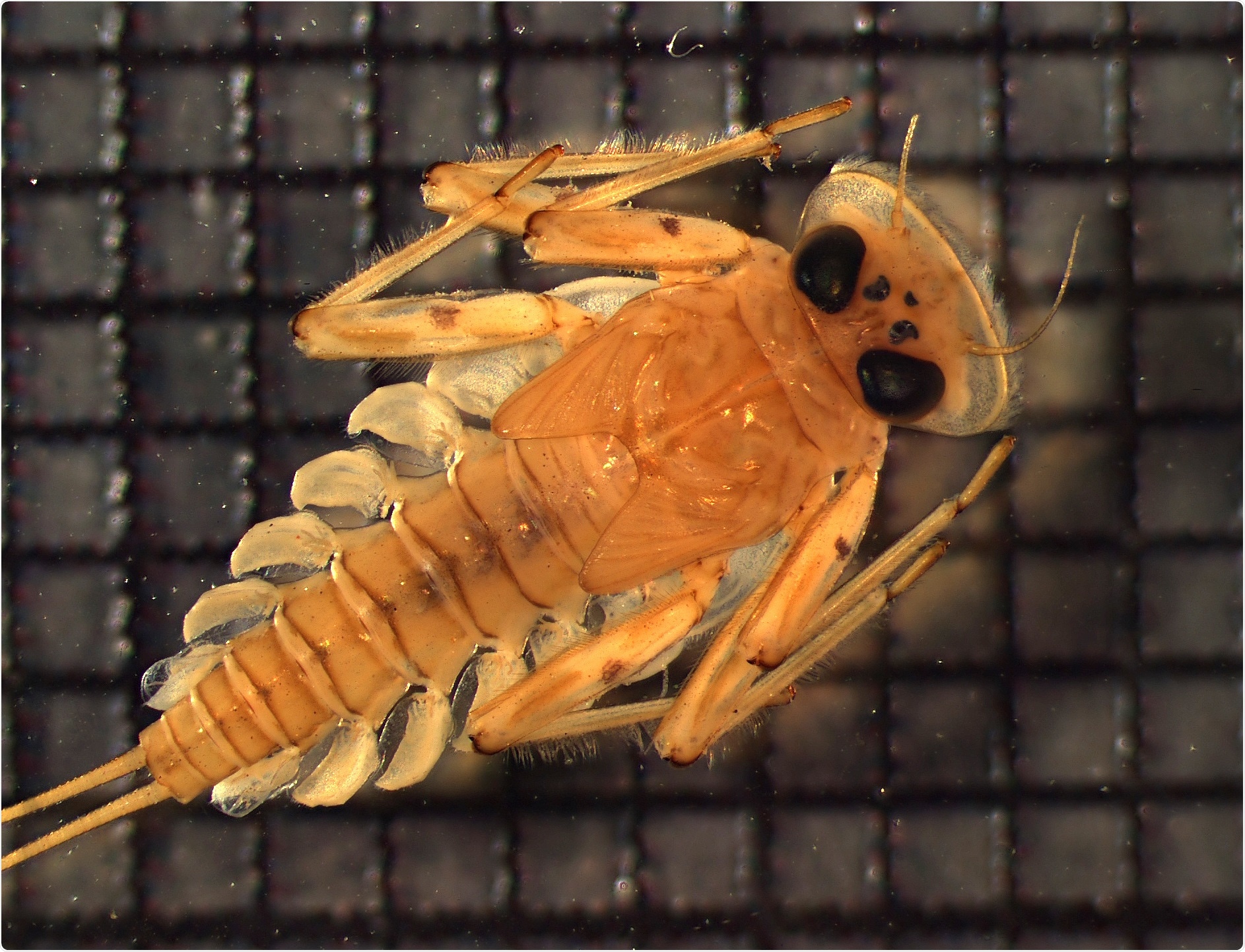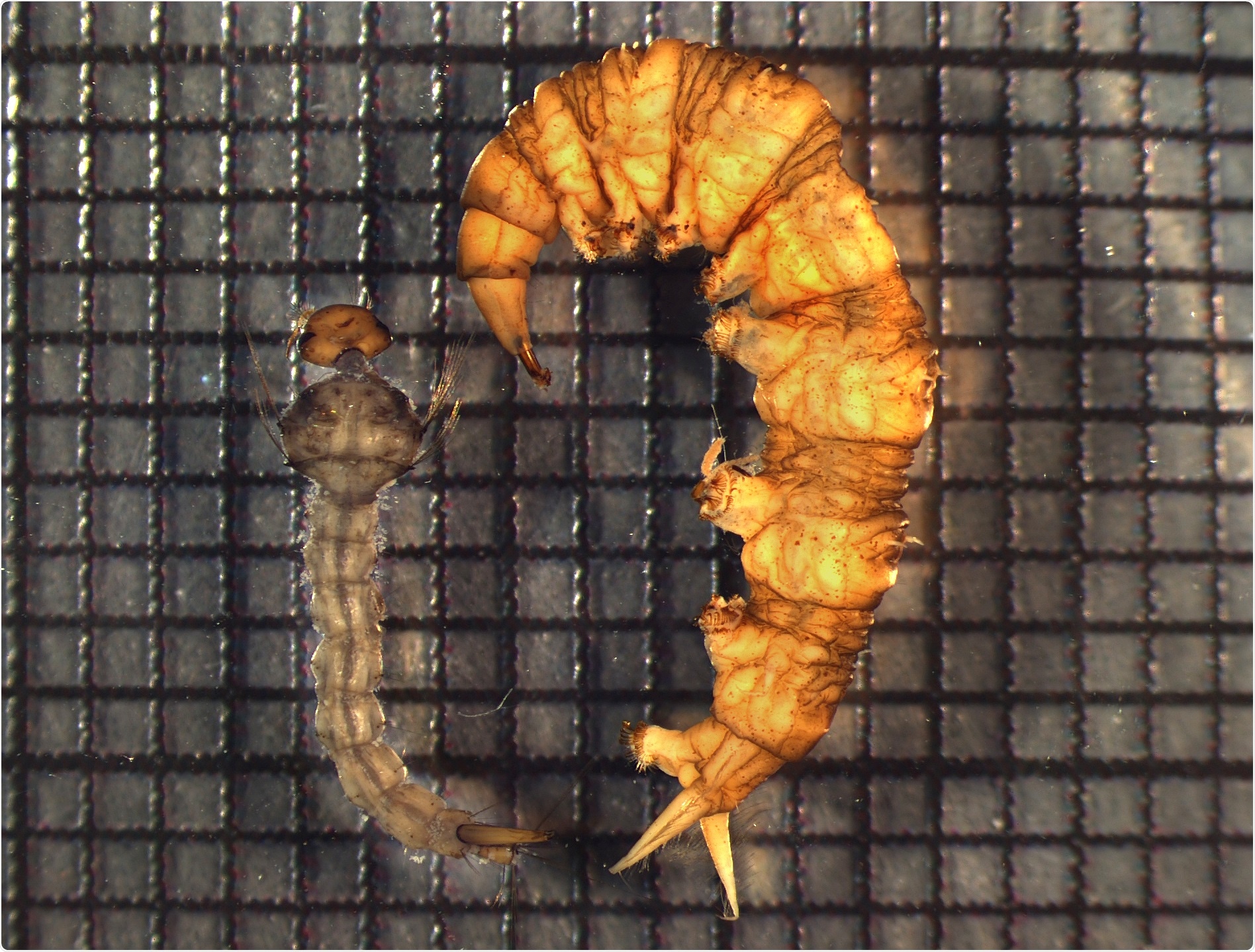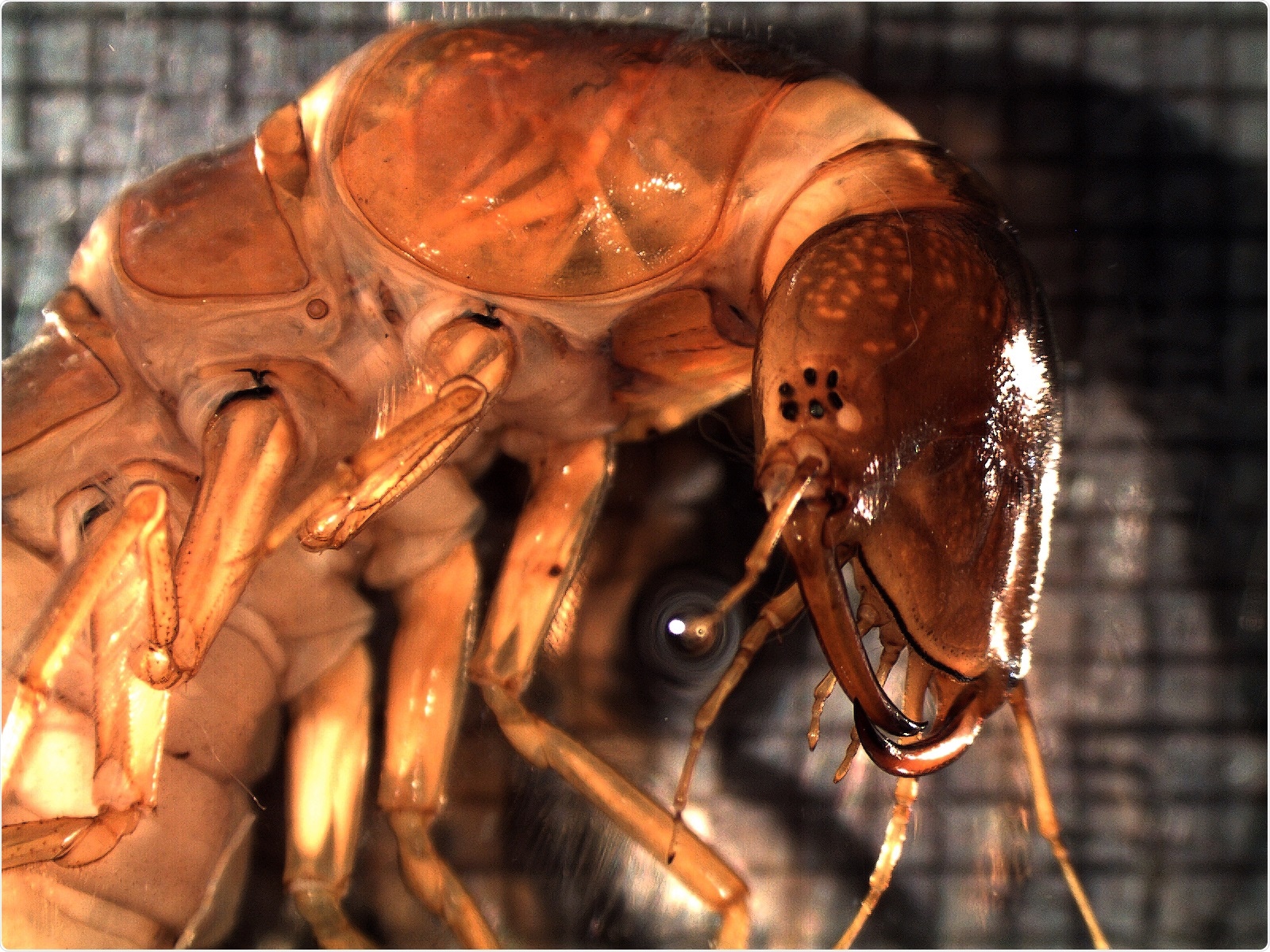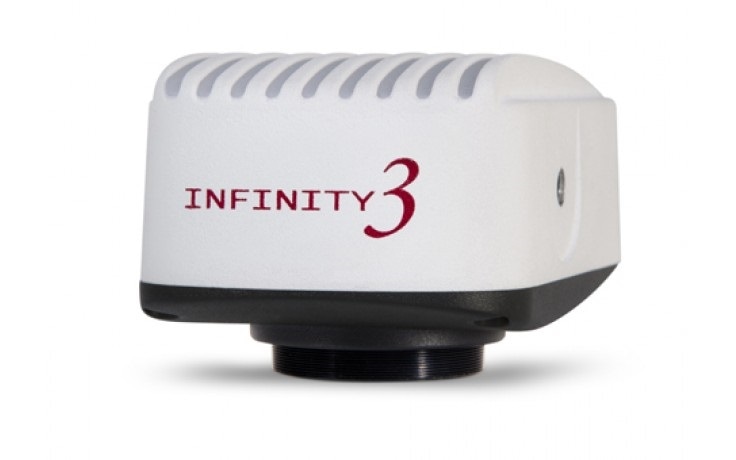An interview with Shari Anne Bordeleau, conducted by James Ives, MPsych
How can species identification and collection help identify the impact of natural hazards or environmental pollutants?
Species identification is important for ecological research and in particular to study the impact of natural hazards or environmental pollutants present, because it’s possible to determine the general health of the ecosystem through the diversity of life that are found in a given area.

There are specific genera that can be used as markers for the state of a habitat. For instance, certain species only inhabit areas that are very clean. Therefore, by collecting and identifying the species present in the location we will be able to identify the general state of the area.
What advantages are there with imaging reference specimens rather than keeping and maintaining physical specimens for the same purpose?
Physical reference specimens are highly expensive as they must be located, captured, preserved, accurately identified by a number of experts, and then stored for subsequent consultation. When the specimen is then used as a reference, it is subject to damage each time it is removed from storage and observed. Over time, the specimen deteriorates.
Creating a digital reference eliminates the need for multiple physical specimens. Only one instance of the specimen needs to be located, captured, and accurately identified. Once this process is complete, it can be digitized and shared at large within the scientific community. Furthermore, it is no longer subject to physical damage as only digital files are being handled.

How would you determine which digital microscope camera would be best for species imaging? What features can be used to get the most detailed images for identifying species?
Selecting a suitable camera for a microscope application will always be based on the same principles. While everyone wants the highest level of discernible detail in their images, a combination of factors that include the optical magnification, the field of view, amount and type of light, camera sensitivity, and total number of pixels, will need to be considered based on the specimens or samples being observed.
It’s important to have a camera with a fast frame rate and good light sensitivity when observing specimens that are in motion. Tiny specimens being examined under very high magnification do not require a very high resolution camera. High resolution camera sensors will be beneficial when larger specimens are observed and imaged using lower magnifications with a wider field of view.

How are composite images used to create an image with a sharper field of focus even at varying depths?
Multiple images of each specimen are captured using a microscope and a high performance, research grade digital camera. They are captured at various magnifications and depths of field and are then stitched together into a single, ultra-high resolution image, where the entire specimen is in sharp focus. This is necessary for the accurate identification of a genus based on the reference specimen.
Which cameras were used in the recent work by the USGS in their species referencing program and why were they chosen?
The USGS selected the Lumenera INFINITY2-1RC and the INFINITY3-3URC cameras. They are both colour cameras with a resolution of 1.4 and 2.8 megapixels, respectively. They were selected for their ease of use and plug and play nature.

The cameras also come with the INFINITY ANALYZE software, allowing the USGS to purchase a complete solution from one vendor, as opposed to sourcing the cameras and software separately.
Does the USGS plan to continue its efforts in cataloguing more aquatic species? What role will Lumenera play as they continue to grow their sample collection?
At year’s end of 2016, the USGS had already collected approximately five thousand images of roughly 400 species and is believed to be the largest digitized collection of macroinvertebrates in the world. Researchers plan to continue this effort and eventually publish the catalogue online to be used by scientists around the world.
What does the future hold for Lumenera’s digital microscope cameras?
Lumenera is committed to a strong evolution of the microscope camera. Our INFINITY microscope camera line is already quite extensive with CMOS, CCD, Full HD, Research-Grade, Cooled, Large Format, and Pixel Shifting technologies, and includes easy-to-use software for life science, clinical, and industrial applications.
Moving forward, we will continue to leverage the latest in sensor technology paired with our advanced engineering and manufacturing processes to deliver superior image quality and consistent performance.
Where can readers find more information?
I recommend that readers visit: https://www.lumenera.com/products/microscopy.html
About Shari Anne Bordeleau
As the Director of Channel Sales at Lumenera, Shari Anne is responsible for strategic account management of Lumenera partnerships across the Americas.
Shari Anne has extensive experience in the digital imaging industry, and has helped to create custom and OEM imaging solutions for a wide variety of markets as well as the strategic selection and management of channel partners.